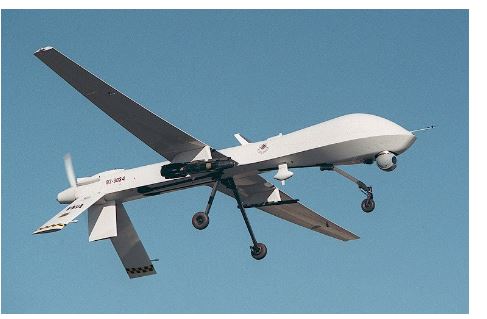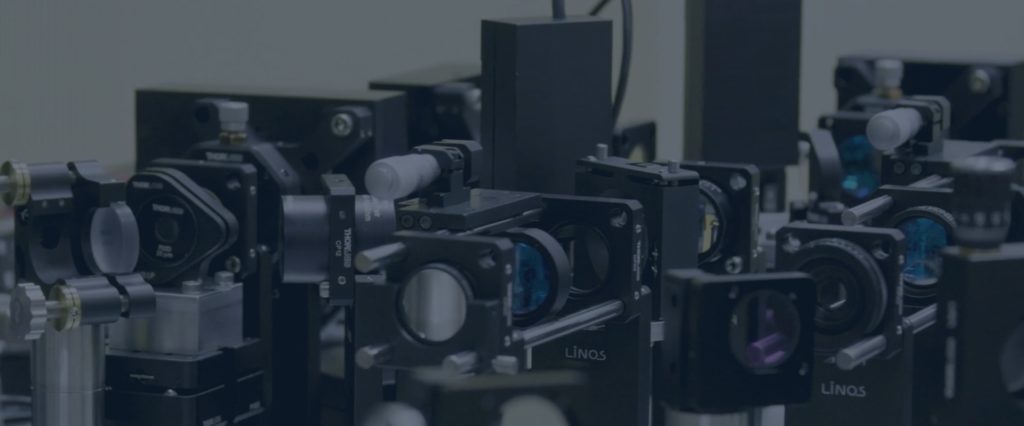MEMS deformable mirror(MEMS DM) technology UAV applies adaptive opticsis right now at the point where a high-volume application could propel the devices from being installed in very specialized setups to being a standard component in production equipment. The best avenue to jump this figurative chasm is to find applications where a moderate number of devices is required, but price sensitivity is low. One such application is advanced surveillance systems for unmanned aerial vehicles (UAVs).
The use of a camera on a UAV provides invaluable information in terms of reconnaissance applications and confirming location. In order to improve the imaging capability, an adaptive optics system containing a deformable mirror, high-speed wavefront sensor and control system could be used to remove atmospheric aberrations between the camera and objects of interest. With this in mind, four major issues need to be addressed

1) Nature of the aberrations
Obtaining high resolution images from a UAV camera is a challenge due to the atmospheric turbulence around the UAV as it flies at high speeds past its target. This turbulence is separated into two categories: turbulent airflow near the camera due to the high speed of the UAV and normal atmospheric variations in temperature in the extended distance beyond the turbulent layer of air. There are no doubt a number of people currently working on this problem (both out in the open and covertly) to increase the usefulness of UAVs. Recent discussion took place at the Photonics West Conference in San Francisco in January of this year as part of the Free-Space Laser Communication Technologies XII and Atmospheric and Oceanic Propagation of Electromagnetic Waves IV tracks (Conferences 7587 and 7588, respectively). Click here and here to see abstracts of the sessions.
2 and 3) Portability and Low Power
The system would have to be portable and have low-power to even be considered for use. MEMS DMs are capable of both, with individual channel operational power in the microAmps and drive electronics which can fit in the mid- to large-sized UAVs in operation today. Work is in progress at Boston Micromachines to further reduce the size of the electronics through a recently-awarded SBIR to explore multiplexing of MEMS DM drive electronics. (See Press Release here)
4) High Speed
Finally, the device would have to be capable of operating at high speeds. MEMS DMs have been demonstrated to operate at speeds of 60kHz and recent developments at BMC have produced a driver that can operate up to 400kHz.
We look forward to discussions going forward, especially around efforts to model and correct for the aberrations in the optical path, and hope that we can one day make an impact on this challenging field.
Check more
Related Articles

Defense TechConnect Conference and Expo: Fun in the Sun with the MRR
Last week I was fortunate enough to be able to parade BMC’s Modulating RetroReflector (MRR) in front of multiple audiences affiliated with the Defense community at the Defense TechConnect (DTC) Conference and Expo in Tampa, Florida.
# Applied Adaptive Optics 11.01.2018
Read more
MiFoBio 2018: AO Microscopy in Action
Recently, Boston Micromachines sponsored MiFoBio (Functional Microscopy in Biology), an event that brought together the microscopy community, academics and professionals alike, to attend courses and workshops that explored the understanding and current trends of biological imaging.
# Applied Adaptive Optics 10.16.2018
Read more
